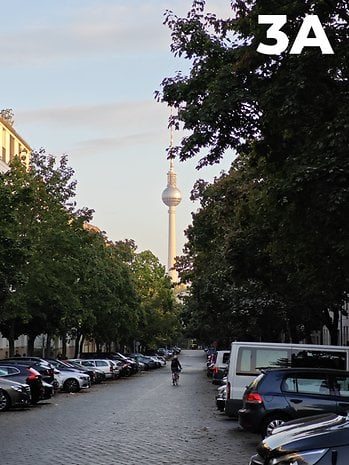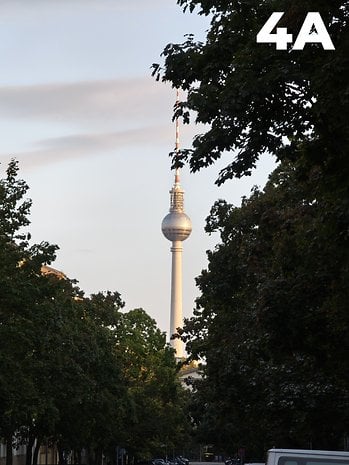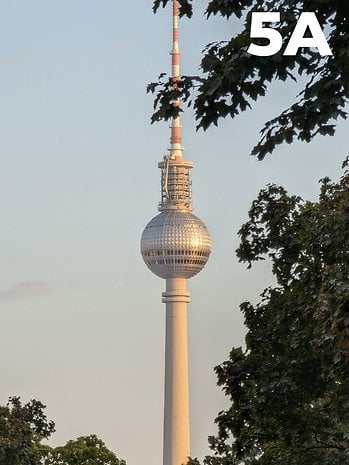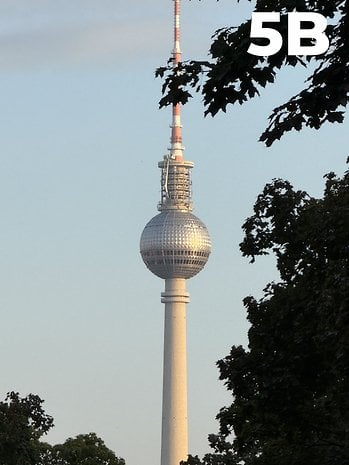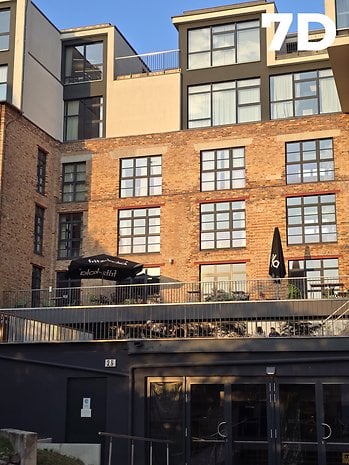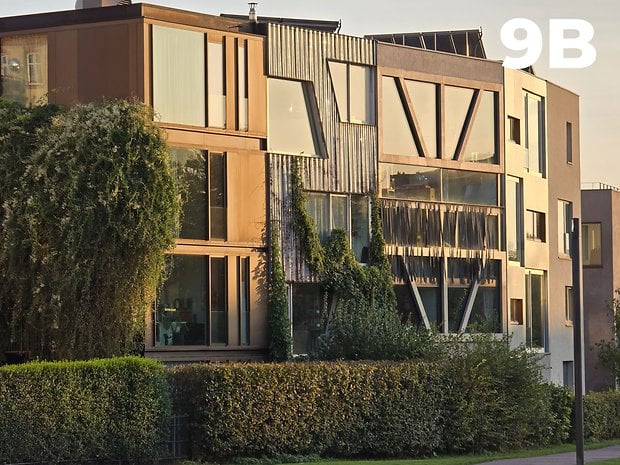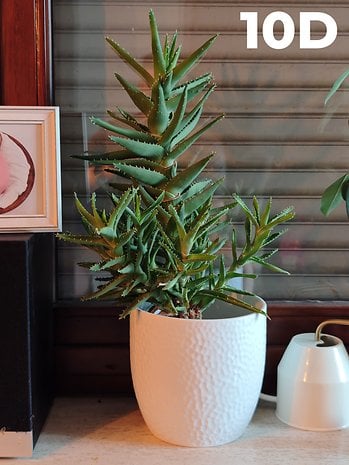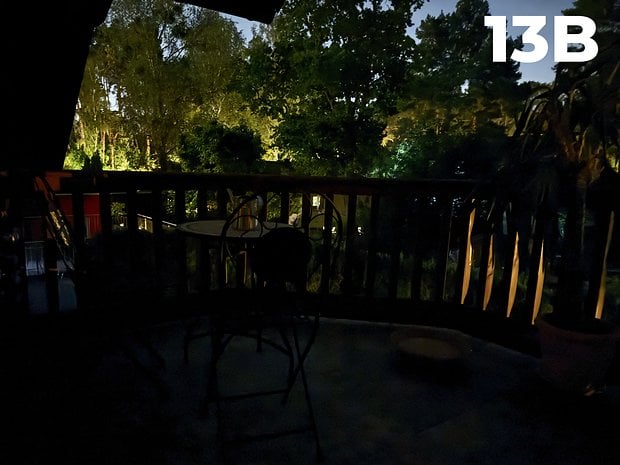iPhone 16 Pro vs Pixel, Samsung & Xiaomi: Who Has the Best Camera?


Which smartphone has the best camera in 2024? We snapped photos with the brand new iPhone 16 Pro and the Pixel 9 Pro XL, while using the Samsung Galaxy S24 Ultra and the Xiaomi 14 Ultra which were released earlier this year as a reference. In this blind test, you decide which smartphone takes the cake in terms of image quality and ultimately, takes the best photos. Start voting!
How does nextpit's camera blind test work?
Before you dive into the voting, here's a brief explanation of our camera blind test. The basis of this comparison is you rating the best pictures, with the caveat of not knowing which photo was captured by which smartphone. In addition, the order is different for each scene. This means photo 1A and picture 2A were not necessarily taken by the same smartphone. This way, we want to rule out the possibility of your favorite brand influencing your vote.
Unless stated otherwise, we also captured all photos using the standard settings. In addition, we snapped exactly three photos of each scene with each smartphone and manually selected the best one from these three shots to avoid any random outliers. However, if you stumble across a blurred photo here, then there was simply no better option among the three pictures taken.
Without much further ado, here are our four participants for the smartphone camera blind test at a glance:
Scene 1: Portrait mode, main camera 2x (daylight)
Let's begin with a subject that always delivers interesting results. Skin tones are always challenging to capture, and all smartphone manufacturers have slightly different ideas of what a good portrait should look like. So which portrait do you like best?
Scene 2: Ultra wide-angle (daylight)
I must admit—this subject is not particularly challenging. In daylight, all ultra wide-angle cameras in our four smartphones deliver very decent results with only slight differences in illumination and color reproduction. However, this shot is impressive in any case, because in combination with the following pictures, it clearly shows the insane zoom capabilities of the current top smartphones!
Scene 3: 3x zoom (daylight)
For the 3x zoom, the technical specifications and theory already predict clearer differences between the smartphones. On paper, Samsung and Xiaomi have an advantage. The Galaxy S24 Ultra and the Xiaomi 14 Ultra have a camera module with a native 3x optical zoom. The Pixel 9 Pro XL and the iPhone 16 Pro, on the other hand, still have to take photos with the primary camera and digitally zoom in. How big is the difference in reality?
Scene 4: 5x zoom (daylight)
At 5x zoom, the cards are reshuffled: At this magnification level, all four smartphones in this test have a camera module that covers this zoom level optically. Can Google and Apple make up for any perceived disadvantage here?
Scene 5: 10x zoom (daylight)
The previous trend is likely to become even more pronounced in these comparison pictures because all four smartphones are forced to digitally zoom into the 5x sensor. The higher image quality translates to better reserves, and the clearer the differences will be. Either way, compared to the ultra wide-angle photo above, it's simply amazing what degree of flexibility current smartphones offer when it comes to zoom, isn't it?
Scene 6: Main camera 1x (daylight)
Let's continue with the main camera and a simple subject at midday. However, the sun is hidden behind the house, which creates a strong contrast between the building and the sky. All smartphones turned the HDR setting here, but the colors sometimes suffered as a result. So which photo looks the most natural?
Scene 7: Main camera 2x (daylight)
The seventh scene looks trivial at first glance but offers many minor challenges for the Galaxy S24 Ultra, Pixel 9 Pro, iPhone 16 Pro, and Xiaomi 14 Ultra. For one thing, the building opposite our Berlin office is made of brick and, together with the railing in front, has many fine details. In addition, the low sun comes from behind and creates strong differences in brightness.
Scene 8: Ultra wide-angle (daylight)
This scene at the former border in Berlin clearly showed how different the color reproduction of our four smartphones is. Which strategy do you like best—and is it probably from Apple, Google, Samsung or Xiaomi? I look forward to hearing your opinions!
Scene 9: 5x zoom (daylight)
As all smartphones come with their own 5x zoom lens, we want to test this focal length in another scene. Just before sunset, all four manufacturers have to, once again, prove whether they can still deliver good image quality even in diminishing light conditions and with some slight backlight.
Scene 10: Main camera 2x zoom (artificial light)
Now it's time to head indoors and into a nasty mixed-light scenario during the bewitching hour. In this shot, cold evening light falls on our subject from the right. Warm incandescent light is coming from the left. This combination is a major challenge for any white balance. So which handset performed best here? The Galaxy S24 Ultra, iPhone 16 Pro, Xiaomi 14 Ultra, or Pixel 9 Pro XL? Vote for them!
Scene 11: Ultra wide-angle (artificial light)
Train stations are not exactly known for their flattering light and Berlin's Nordbahnhof is no exception. The differences in the color reproduction of the four smartphones are sometimes clearly visible here, and there are also better and worse photos in terms of detail reproduction.
Scene 12: 15x zoom (artificial light)
In our next series of comparison photos, we raised the bar a little higher. Here, we captured photos with all smartphones using 15x zoom in the dark suburban train tunnel. Which photo do you think looks best here? Do you think there are any usable shots? I'd love to hear your opinion in the comments!
Scene 13: Main camera (night)
It's getting really dark now. The only light sources in this photo are the garden lamps located at least 20 to 30 meters away. The photos are correspondingly pitch black. Incidentally, all smartphones automatically activated night mode here and all of them have been automatically exposed for three seconds. As with all scenes, we also captured this shot without a tripod.
Scene 14: 5x zoom (night)
One last shot to give the 5x zoom a go. Here, we captured a lamp on the same pitch-black balcony. It is here as well where all four smartphones from Xiaomi, Samsung, Google, and Apple activated night mode, albeit delivering very different results.
Kudos for taking part and don't forget to find out who won in the end after we have collated all the votes! Who do you think will come out on top for this fall's camera blind test? Do you already own any of the four smartphones? If so, I'd be interested to know: What was the deciding factor?








